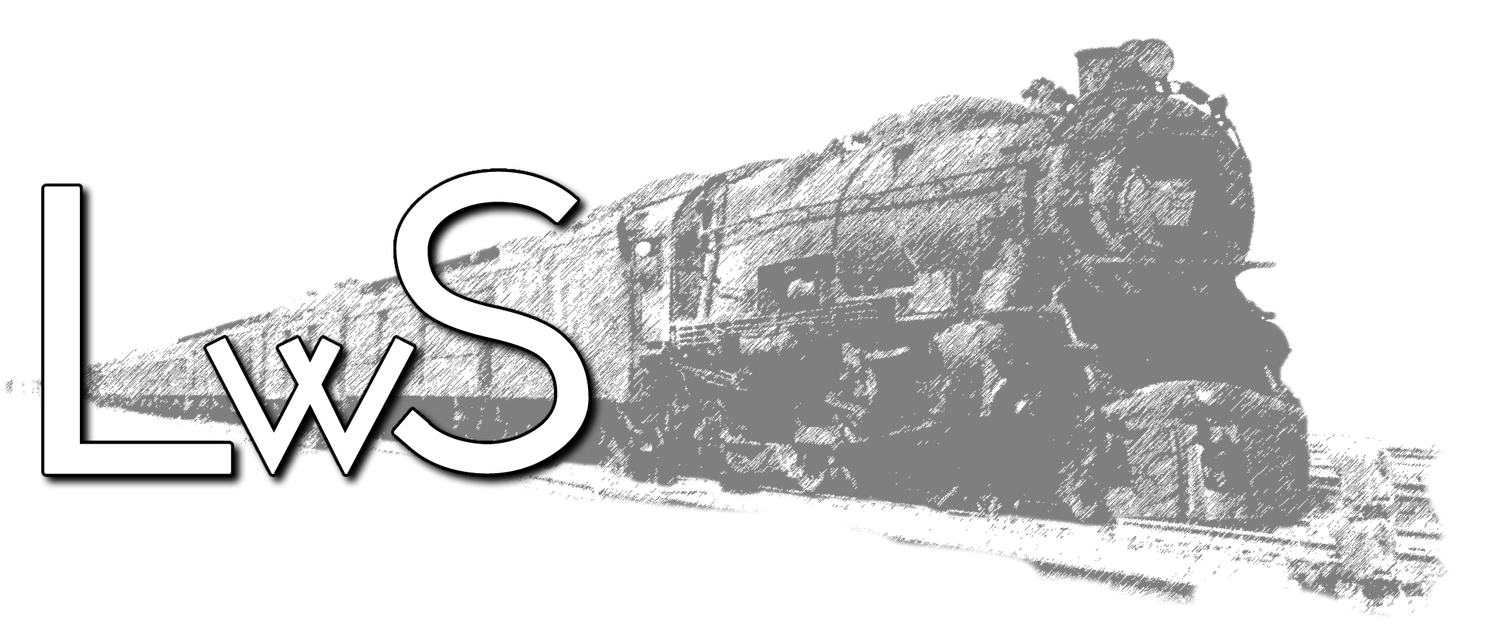LwS S1, E3: The Webster-Chicago 288-1 & Tower F
In this episode, we learn all about the Webster-Chicago wire recorder and record cutting; the only methods of making portable "field recordings" up until the time magnetic tape recorders were made available commercially around 1955. We’ll also features recordings from New York Central's Tower F in the Black Rock section of Buffalo. The Black Rock passenger station, owned and operated by the Canadian National Railroad, is no longer there, but the Customs House, which is located opposite the passenger station, still stands to this day.
New York Central's Interlocking Tower F controlled all the train movements between the Canadian National Railroad trackage coming from Canada via the International Bridge, and the New York Central's Niagara Branch running north and south. The area was an incredible haven for rail activity as trains of the New York Central, Michigan Central, the Toronto, Hamilton, and Buffalo, and Canadian National all used the trackage on a constant basis. This video features the films of William Kessell, an original member of the Buffalo Division of the Railroad Enthusiasts (NRHS).
As you know from listening to Living with Steam, the recordings John M. Prophet made were all captured in the field using a wire-recorder. However, many people have never heard of a wire recorder let alone seen one in action. This video provides a look at the wire recorder John owned and operated; the Webster-Chicago 288-1 wire recorder. After watching the video, you might just come away with an sense of awe not only in how John captured his railroad sounds, but also in the fact of how unbelievable it is that a stainless steel wire the size of a human hair was capable of such audio reproduction. I should point out that the sounds heard in this video were coming from the wire-recorder as the footage was shot; no overdubbing or enhancement was made at all.
END
